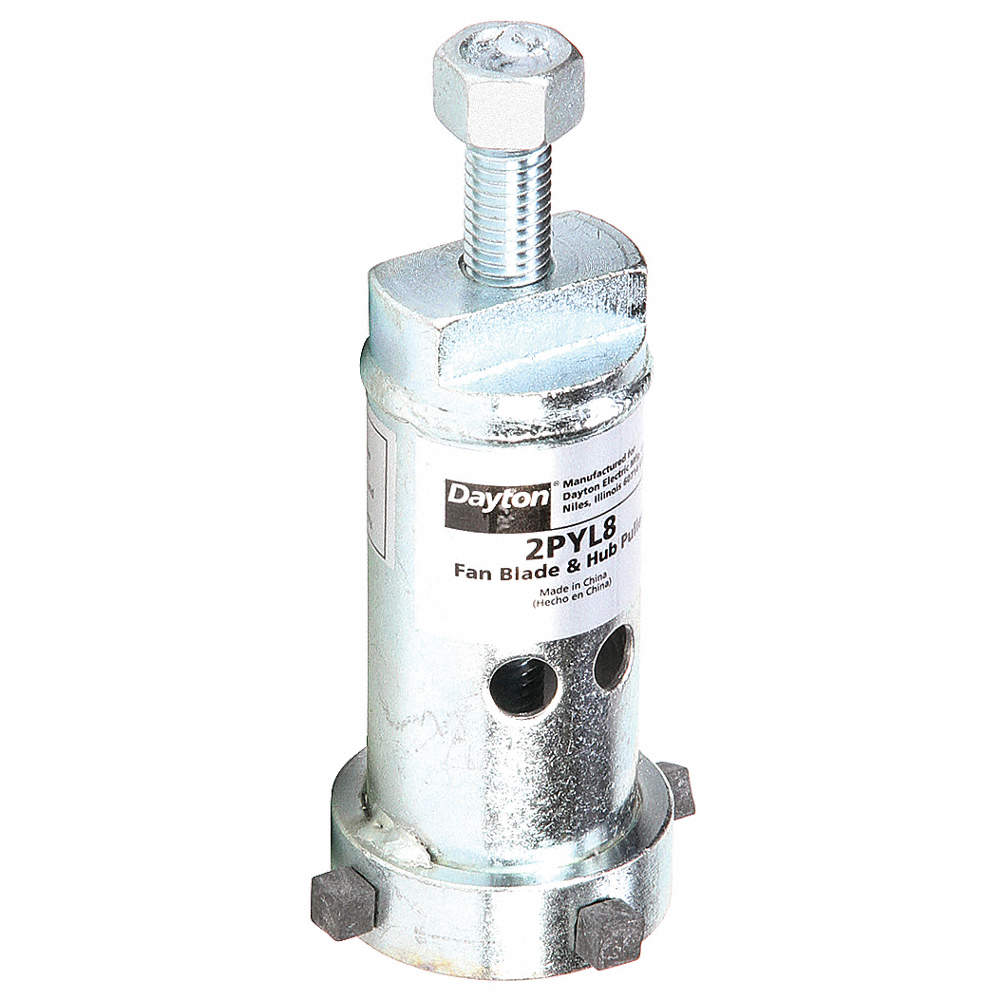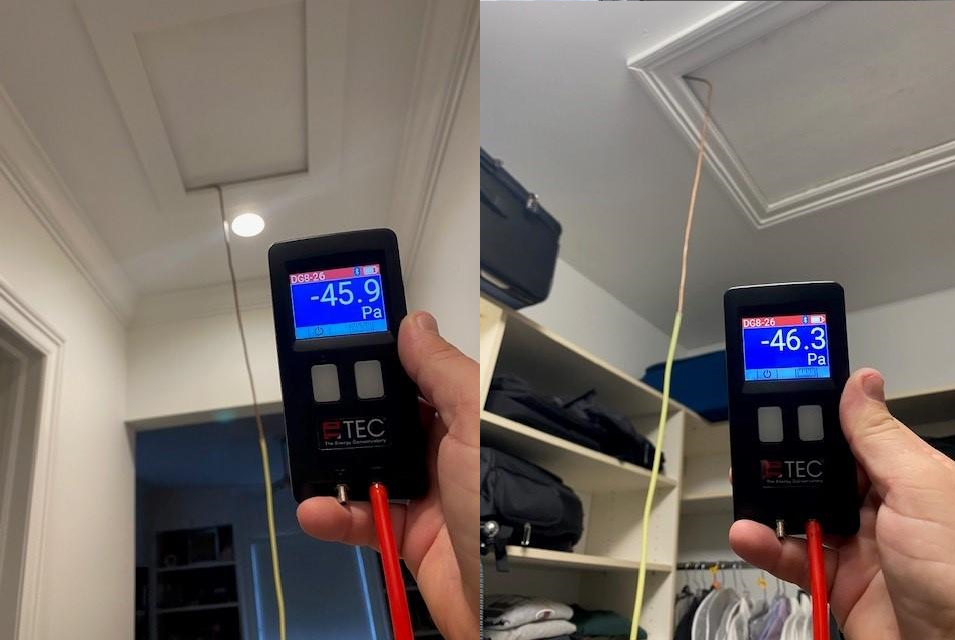Get Tech Tips
Subscribe to free tech tips.
Stacking Evaporator Coil Stages

In commercial HVAC, you will find several different types of multi-stage evaporator coils: intertwined (shown above), horizontal face split (one coil on top of another), and vertical (side by side).
When staging a horizontal evaporator, pay attention to ensure that stage #1 is on the bottom and stage #2 is on the top. If stage #1 is on top, you risk condensate being pulled off of the coil when the water runs down the wet fins and then hits the dry second stage on the bottom.
By keeping stage #1 on the bottom, the moisture adhesion will stay consistent as condensate drops, no matter if one or both stages are calling.
You can also have this same effect when stage #1 fails, and stage #2 keeps running on a stacked horizontal coil.
—Bryan










Comments
To leave a comment, you need to log in.
Log In